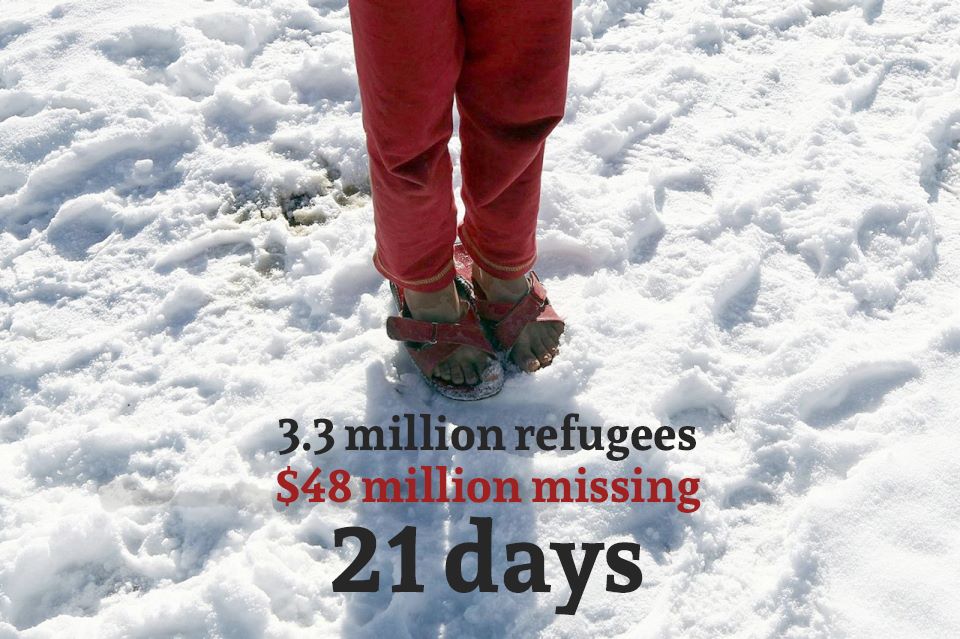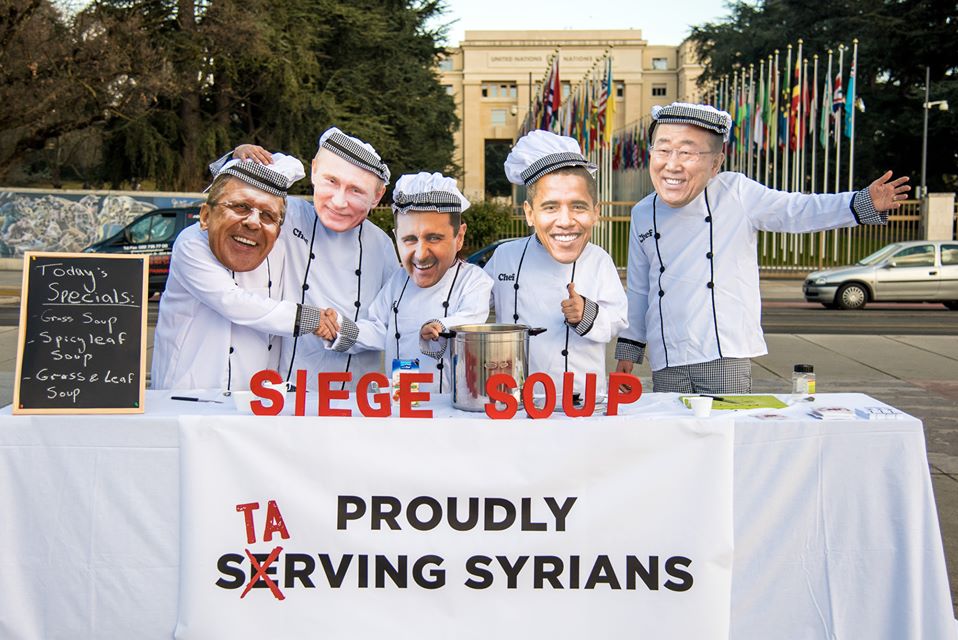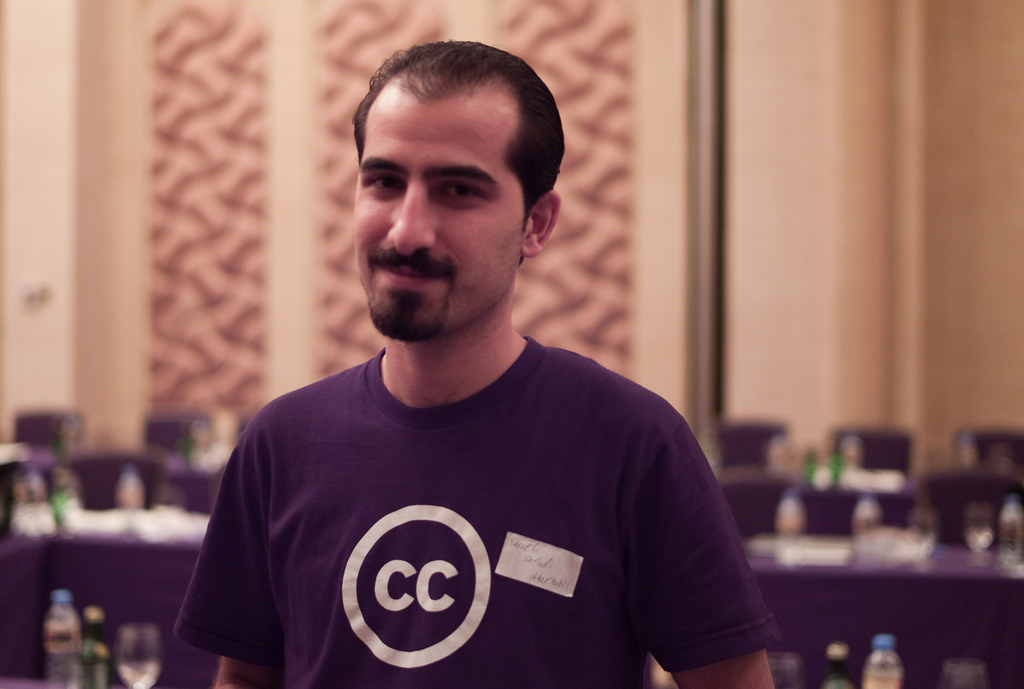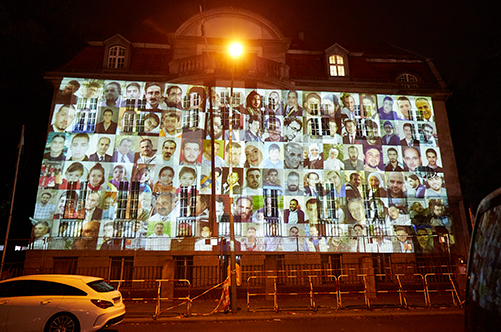Digital campaigning
Social media is where we’re all debating, having conversations, and expressing ourselves. It’s where the buzz is, and where you can gather momentum for your campaign.
Nothing gets people talking or sharing more than a creative and timely piece of content—be it an image, video, or tweet. a creative and timely piece of content – be it an image, video, or tweet. You also need to think of how you will stir the emotions of your audience.
But don’t think you can just make an inspiring video and that people will watch it (sorry). Creating a post that will be shared many times over or even go viral is a mixture of luck and hard work, which requires building a following, connecting with the right people and inspiring them to share.
Not all social media platforms are equal. Different audiences use different platforms and different things happen on them. Do not just post the same content across different channels—tailor it for the format and the audience.
For example: if your campaign is about conditions in a refugee camp, and you want to reach journalists and policymakers, offer new evidence and testimonials on Twitter. If you want to raise money for the camps, create personal, story-led content for Facebook and Instagram.
Building a following
Those with a large number of followers tend to have some of the following habits in common. They:
- Tweet and post regularly
- Are located in a hard-to-access area or privy to little-known information
- Are respected for their opinions and analysis
- Add refreshing or unexpected perspectives to a story they’re sharing
- Post newsworthy footage or photos
- Express their feelings with passion, humour, and intelligence—and do so concisely
- Are able to catch the attention of celebrities or people with influence who go on to share their posts
Connecting with your audience

If you think of a social media platform (Facebook, Instagram) as a party, you want to join in the conversation already happening. Don’t stand in the corner trying to interest people in something they are not already talking about.
Social media moves so fast that you have to work quickly to be part of the conversation. Find ways to get your message across by creating a new piece of content or finding a new angle that contributes to topics which are already trending. Facebook Live when you have campaigners or partners at the heart of a news story, can create immediacy and rapidly share information.

Case study
Remembering Dr Maaz
Creative top tips
-
Think about the story you’re telling before you start thinking about the content. Common types of story to look for are:
- First—is this the first time this story has been told, is it new?
- Last—is the last time the story will be told? Has something ended?
- Worst?
- News? Do you have new information?
- Emotional, personal stories
- Do you have a particularly strong visual to drive the story?
- Is it a story on a topic we know people are interested in: sport, animals, travel?

Case study
‘In Reverse’ video
- Think about your audience. We all have things we want to say but ask yourself, “why is this story interesting and to who?” Then develop the creative aspect from there. If you think a video is interesting to an eight-year-old boy in London, a different creative approach is needed than if you want to appeal to a policymaker in Brussels
- The platform is important. Create a content format that works for the platform and the audience on it. You might tell the same story through an infographic on Twitter and a first-person opinion piece in a newspaper
- Keep your videos short. Facebook encourages users to make videos that are longer than three minutes, but many viewers won’t watch past the first few seconds. There are exceptions, but if your video is shorter, it’s more likely viewers will watch the key parts.
- The first 10 seconds of your video that autoplay are the most important. You need to quickly engage your audience, so don’t fill these with logos or hard to understand information. A high proportion of viewers won’t have sound on, so use subtitles.
- When sharing videos or pictures think about what the share text is and what it adds. For videos keep it short and don’t give away the ending.
- While professional designers will use expensive programmes such as Photoshop to create online graphics, there are a range of good, free programmes that work well for non-professionals.
- For infographics and social media images, don’t crowd too much information. Think of the proportions and hierarchy of information. Ask yourself first what is the story and design the product to fit. Think very carefully about the image and turn of phrase that will capture your audience’s attention
- Social media is a visual platform. Strong visuals are your best chance at something getting engagement and shares
- Try and test. Checking the analytics of your social media account will help you understand the type of content your audience is interested in
- Emotion is the rocket fuel of creative content. Whether you create a video or a written piece, it should elicit emotion whether that is laughter, tears, hope or horror, good creative work moves people emotionally.
Writing digital
- Try this exercise: For a few days, write down all the things you like and share on social media, and then analyse them. What makes them strong? Why were you so moved to share?
- If you strip everything back, social media is just another way for humans to connect. So focus on that. Human connections in all their emotional glory
- If you’re not part of the story get out of the way. It is far stronger to let someone tell their story than to say: “Our organisation spoke to Khaled this morning” → no! Tell Khaled’s story directly
- Write like you speak—and don’t say “we”. Who is “we”?
- Don’t be afraid to express emotion
- Test. Try different styles and see what works. Digital media gives us data so we can see what works
- People connect with people on Instagram and Facebook, so communicate like a person. Twitter can take more of an organisational voice.
Emailing 101
We send emails to our supporters to ask them to take action on a campaign, sound the alarm about a breaking situation, fundraise for ourselves or our partners, inform members of an event in their city, or report back on actions they’ve taken in the past.
Creating Your Mailing List
The magic three seconds
- Your subject line is very, very important—around 80% of people on nonprofits’ mailing lists won’t even open their emails. A good subject line can be the difference between 10% or 20% of your email list opening the message. It is therefore worth investing time and testing
- Your first paragraph should grab people’s attention. Present the problem but also the potential solution as soon as possible. This is sometimes referred to as the “crisitunity”. There’s a crisis, but there’s also an opportunity to make a difference
- Ideally, by the end of first paragraph people will know why they got the email and sense that there’s an action for them to take

Case study
“We failed”
Make it clear what ‘the ask’ is
- Your supporters will want to know what they can do to help. What action can you ‘ask’ them to take?
- Your link through to an action should be high up—don’t make the reader scroll down too far
- Try and include two or three links to the same ask throughout the blast
- However: there are times your email won’t have an action. Your email supporters are part of your organisation and part of your job is to help them understand your issue. Your emails can often be read by more people than a news email and it’s more important as they know, trust and like you.

Case study
Italy: Stand with Syrians, not with Assad
Be human and authentic
- People engage with emails from other people not from organisations
- Have someone in mind when you’re writing—you’re writing a personal email, not a newsletter
- Keep both the paragraphs and the entire email short





